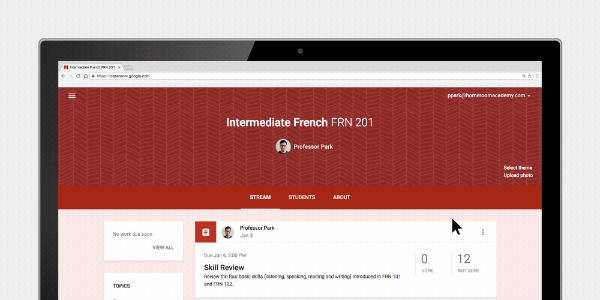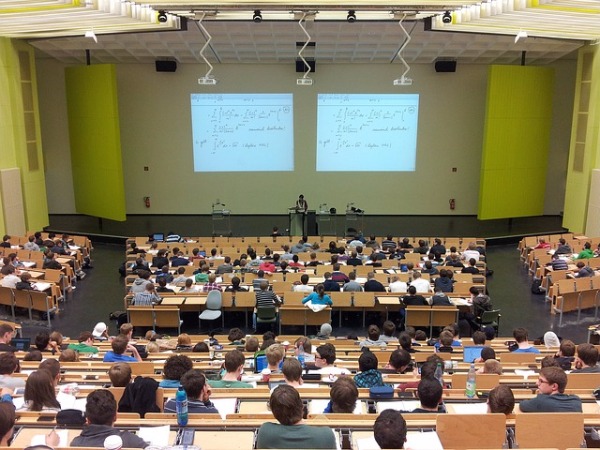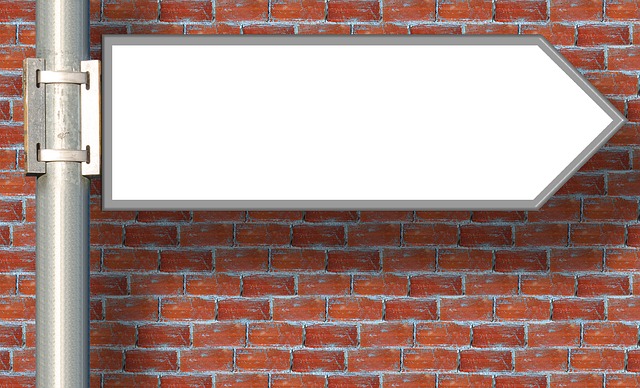Following the Expansion of the Google Classroom
Google Classroom is now used by more than 20 million educators and students. It is used by teachers in schools as a limited but free learning management system (LMS), and I am sure Google is using it for their own developers who are building educational technology.
This academic year, Classroom updates show some of the direction this project may take. There were changes to allow more individualized work for differentiated learning. Google saw that teachers were creating "workarounds" to differentiate their instruction. Now, when creating an assignment, post or question, teachers can choose whether to share it with the entire class or just with a subset of students. Designers using full-featured LMS (Canvas, Moodle, Blackboard et al) have been doing that for at least ten years.

There are also updates that are more for the teacher, such as notifications to manage student work. Teachers now receive two new types of Classroom notifications—one when students submit work after the due date, and one for when students re-submit work. Again, these are features that have been offered in other LMS for quite awhile.
It seems that Google is moving towards creating a fully-featured LMS. Will that expanded product remain free, or are they moving towards a competing commercial product?
Updates that are more for developers, such as new capabilities to the Classroom API to make integrations with Classroom more seamless, also seem to indicate future expansion, Integrated applications can now programmatically add materials to coursework or student submissions and can modify existing coursework they’ve created. For K-12 schools the demands to integrate arelessthan those in higher education, but grading and student information systems (SIS) become criticl when any LMS is used in an "enterprise" manner. Other educational applications have been integrated with Classroom since the launch of the API, including tools like Flat.IO, Classcraft and Little SIS. I'm sure Google is monitoring these uses with an eye to future development of their Classroom platform.


 Most teachers have stated learning objectives for their courses. They describe what we plan to teach and how we plan to assess students.
Most teachers have stated learning objectives for their courses. They describe what we plan to teach and how we plan to assess students.